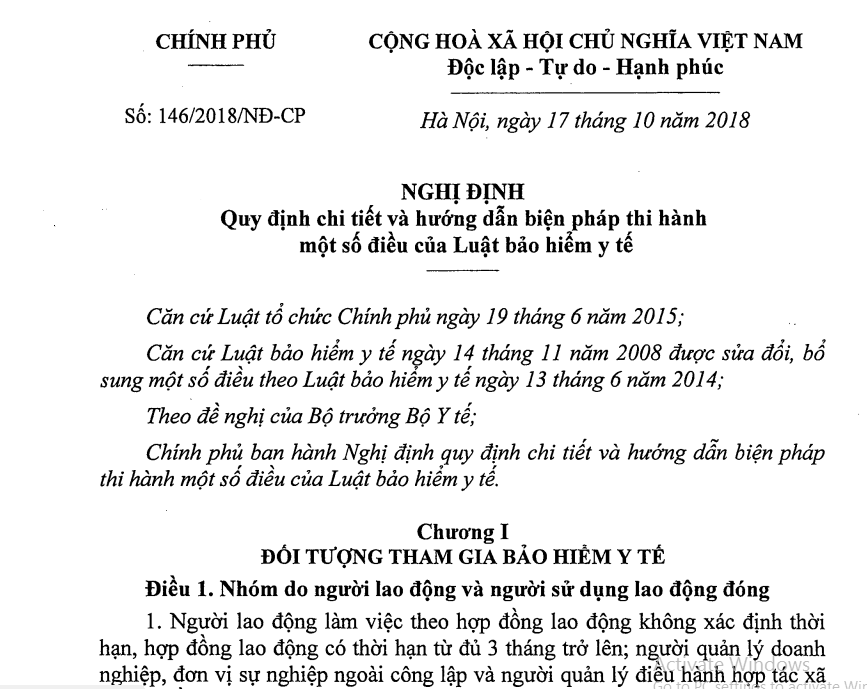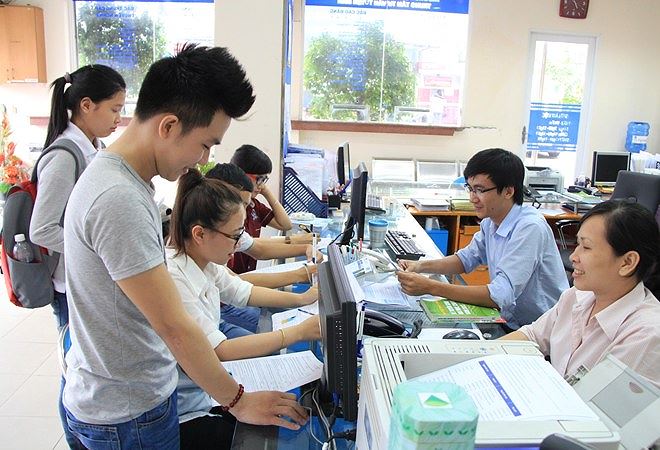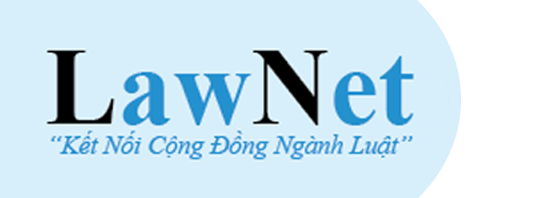From March 1, 2018, many new regulations will come into effect, the most notable of which are regulations related to healthcare, social insurance, and import-export. For specific content, everyone can follow the article below.
1. Commencement of Quality Inspection for Imported Cars
From March 1, 2018, imported cars must undergo inspection for technical safety quality and environmental protection, except for cars imported under the provisions at Point b, Clause 2, Article 2 of Decree 116/2017/ND-CP.
The inspection is carried out as follows:
- The importing enterprises shall prepare and submit 1 set of documents to the inspection agency;- The inspection agency receives the documents;- Vehicle inspection is conducted;- Sample testing of each vehicle type;- Issuing quality certificates.
The documents and components for registering the inspection of imported cars are detailed in Article 4 of Circular 03/2018/TT-BGTVT.
.jpg)
2. Implementation of New Prescription Guidelines from March 1, 2018
The Ministry of Health issued Circular 52/2017/TT-BYT regulating prescriptions and the issuance of drug, biopharmaceutical prescriptions in outpatient treatment. The prescription method has some notable new points as follows:
- Prescriptions must aim for safety, effectiveness, prioritizing single-ingredient drugs or generic drugs;- Prescriptions must comply with documents: HIV/AIDS treatment and care guidelines and Article 6 of Circular 21/2013/TT-BYT; accompanying drug usage instructions; Vietnam national formulary;- For patients examined in 3 or more departments, the department head, professional head directly prescribes or assigns a specialist to prescribe;- Doctors, assistant doctors at level 4 can examine and treat multi-disciplinary and prescribe all specialties listed in the level 4 technical category;- In emergency cases, doctors or assistant doctors prescribe to handle the emergency appropriately with the patient's condition;- Regarding prescription content:- If the prescription includes poison, it must state the poison before listing other medications;- Drugs with multiple active ingredients or biopharmaceuticals should be listed by trade name;- The prescription is made on a computer once and saved in the medical examination and treatment facility's software.
3. Mobile Subscribers Are Entitled to a Maximum Promotion of 20% of Top-up Value
This new regulation is stipulated in Circular 47/2017/TT-BTTTT about the promotion limit for terrestrial mobile information services. Accordingly:
- From March 1, 2018, telecommunication providers can only apply a promotion policy for prepaid mobile subscribers with a maximum rate of 20% of top-up value, reducing 30% from the current regulation;- For postpaid mobile subscribers, the maximum promotion must not exceed 50% of the total value of mobile information services and specialized telecommunication goods being promoted.
The content of Circular 47/2017/TT-BTTTT replaces the promotion limit provisions in Clause 9, Clause 10, Article 5; Clause 3, Clause 4, Clause 6, Clause 7, Article 8; Clause 2, Article 9 and Article 10 of Circular 11/2010/TT-BTTTT.

4. New Regulations on Maternity Benefits and Occupational Accident Medical Examination for Social Insurance
Circular 56/2017/TT-BYT provides detailed guidance on the implementation of the Law on Social Insurance and the Law on Occupational Safety and Health in the health field. Notably, it introduces new templates for maternity benefits and insurance policies due to occupational accidents or occupational diseases, including:
- Introduction letter for assessment request;- Assessment examination request form;- Hospital discharge form;- Summary of medical records;- Birth certificate;- Pregnancy care leave certificate;- Social insurance leave certificate;- Registration of stamp and signature template to confirm on the social insurance leave certificate.
Besides the above content, Circular 56 also stipulates the specific documents and files for conducting the initial assessment procedures for occupational accident insurance policies, pension, survivor benefits, one-time social insurance claim, and determining the health status of female workers after childbirth.
 Article table of contents
Article table of contents
.jpg)




.Medium.png)
.Medium.png)
.Medium.png)
.Medium.png)
